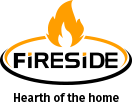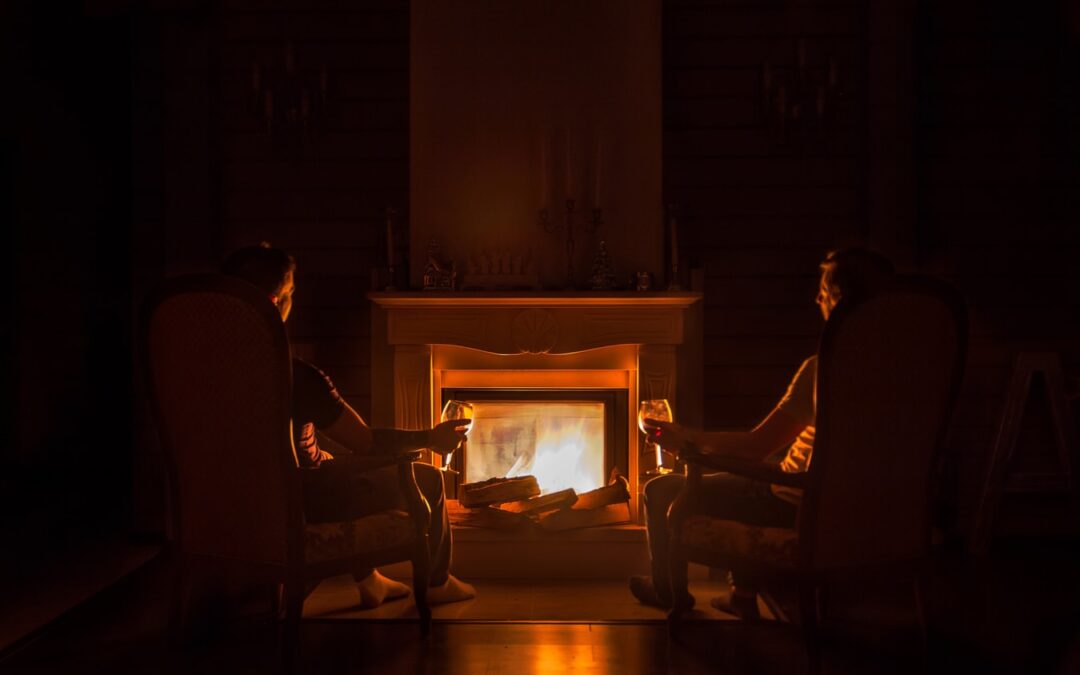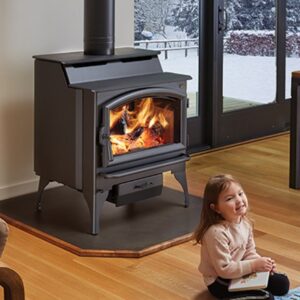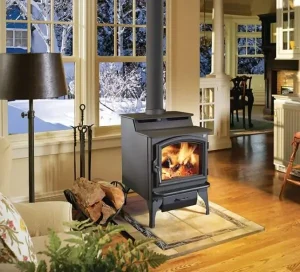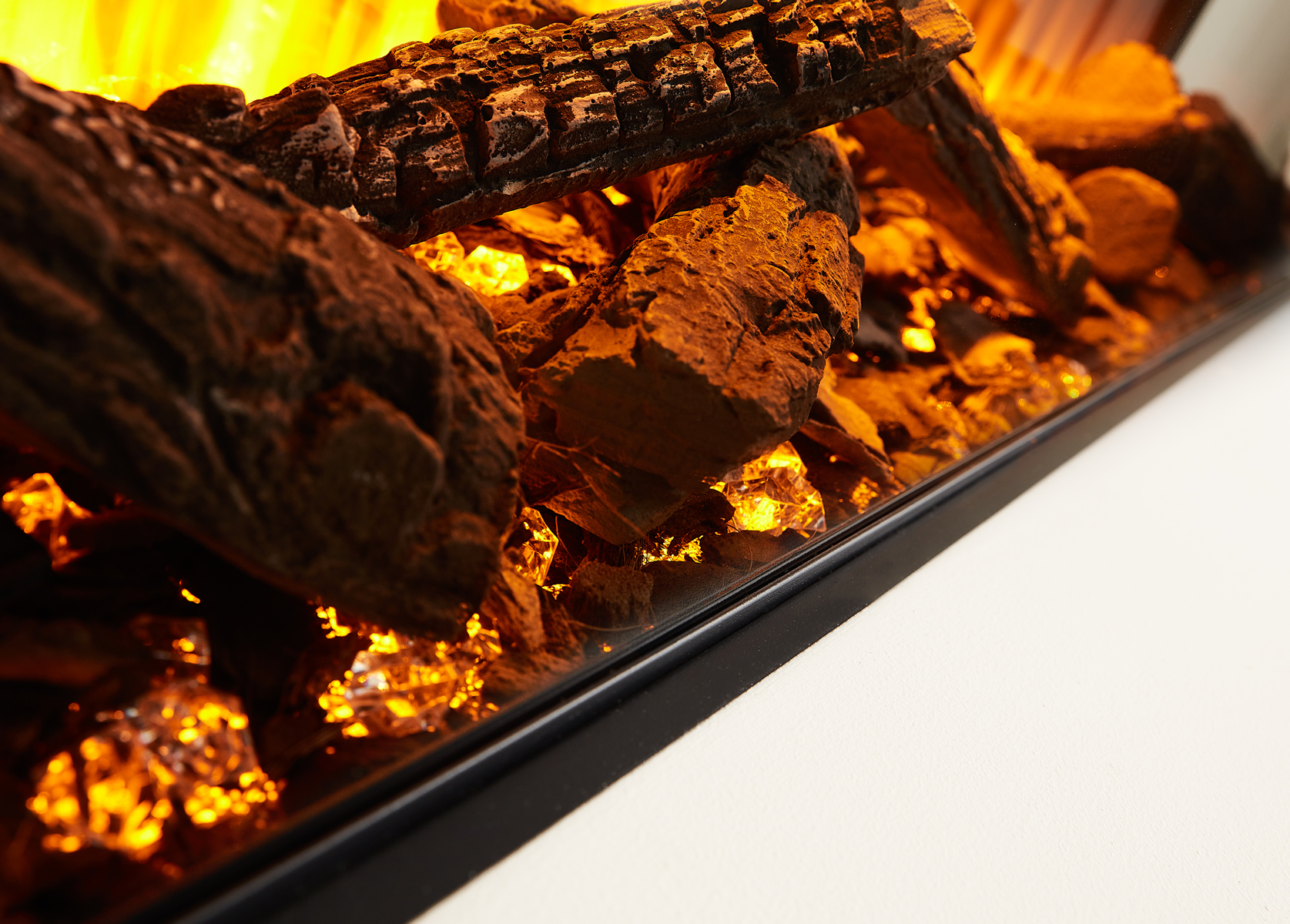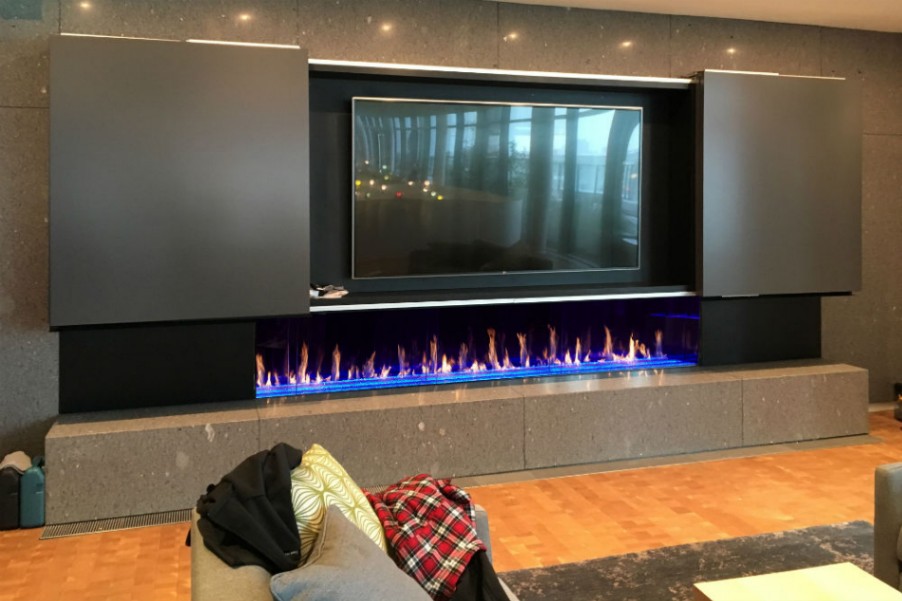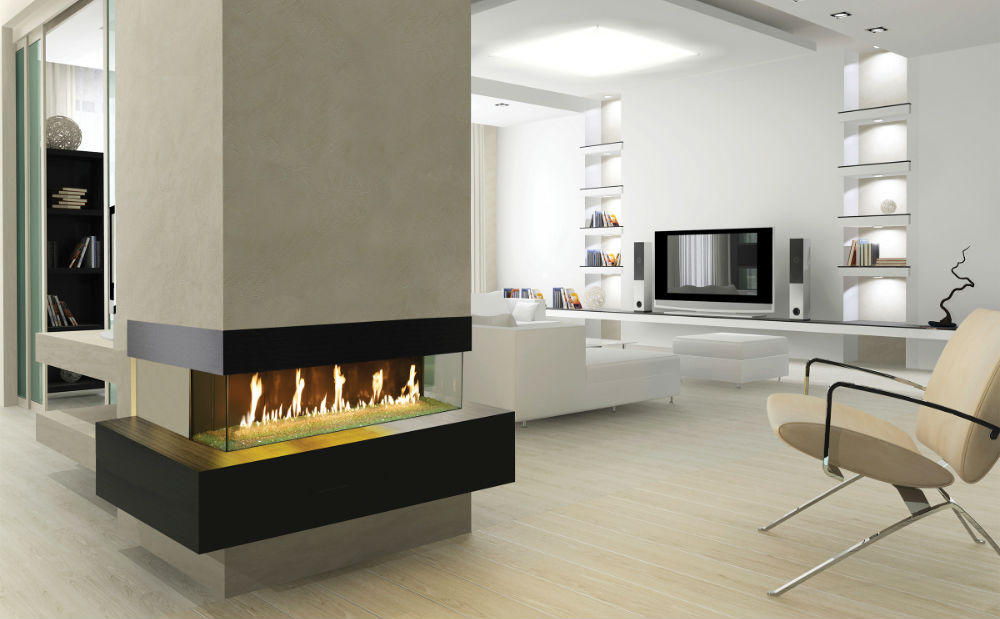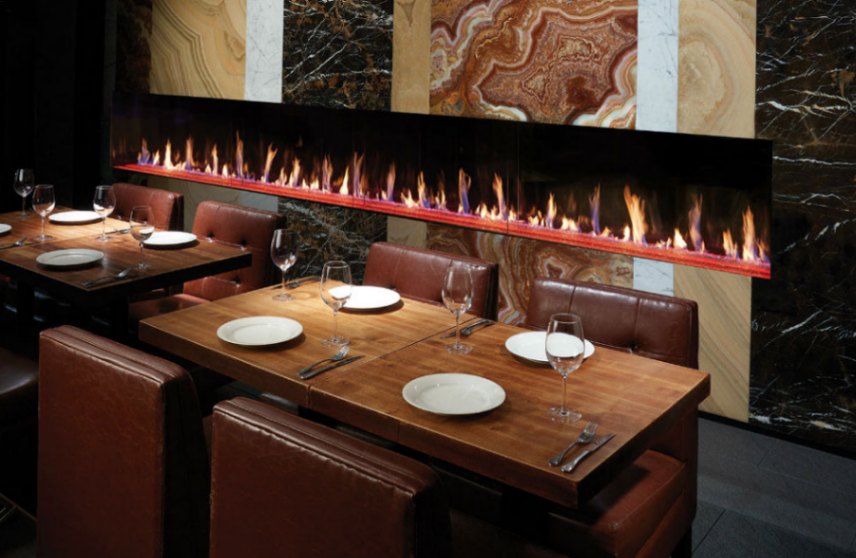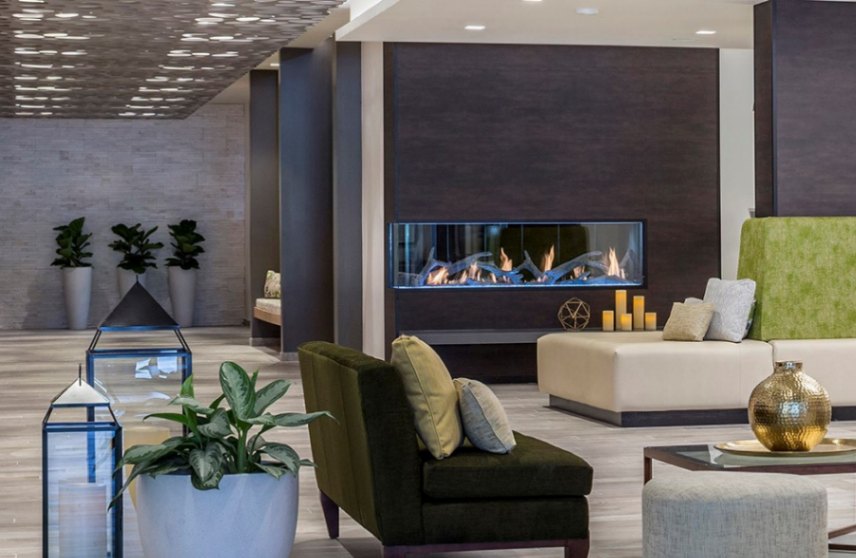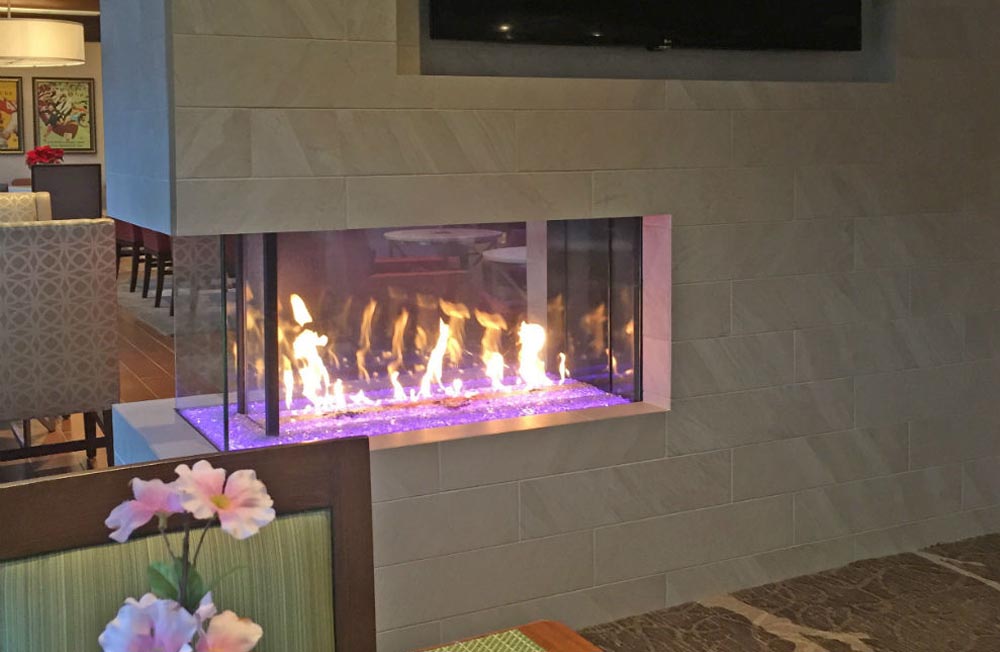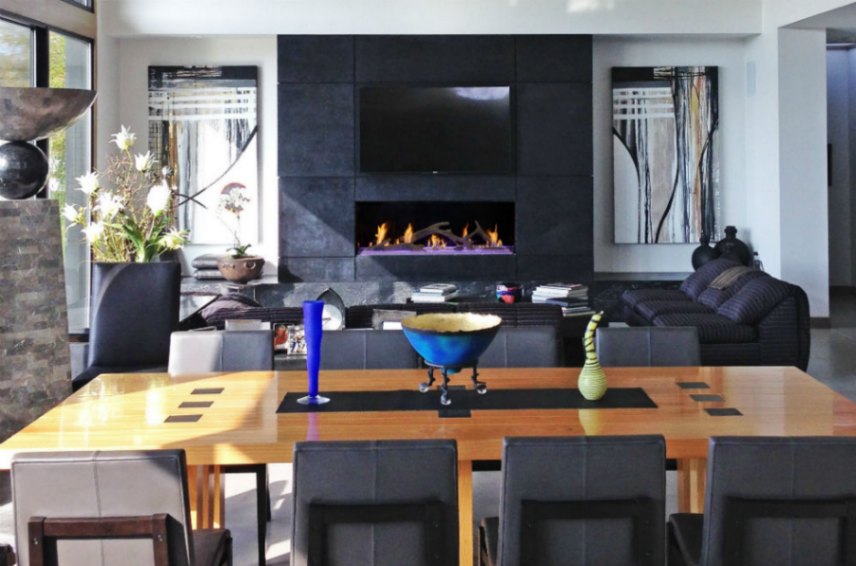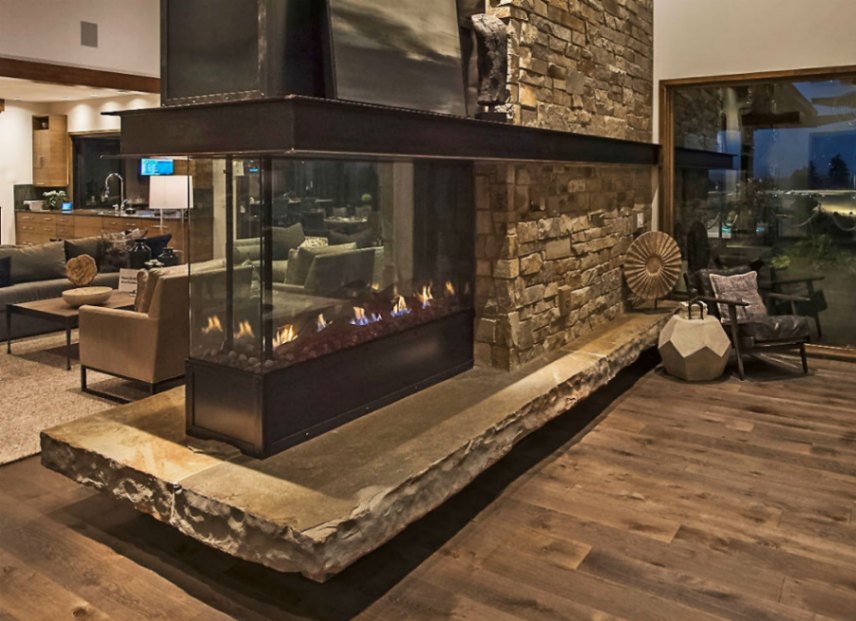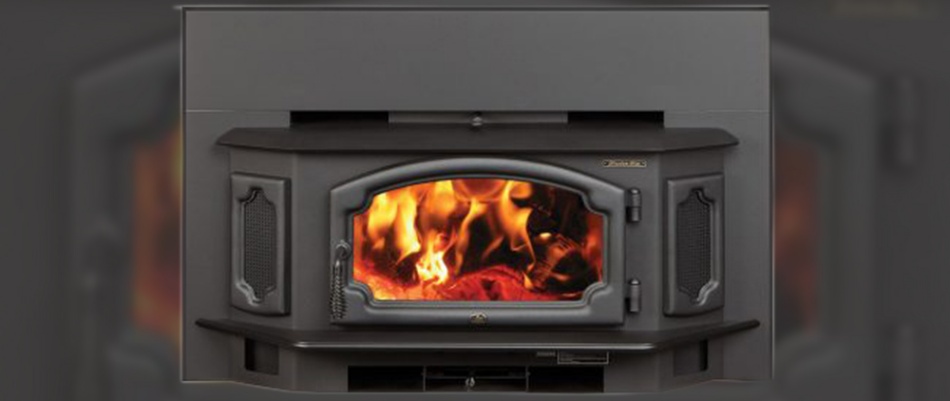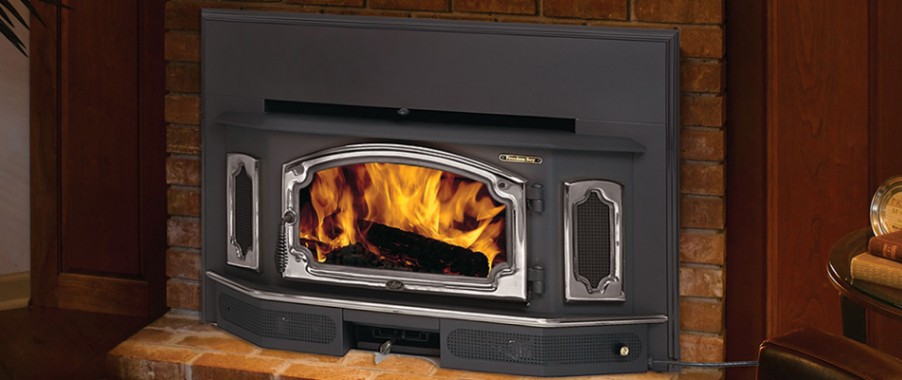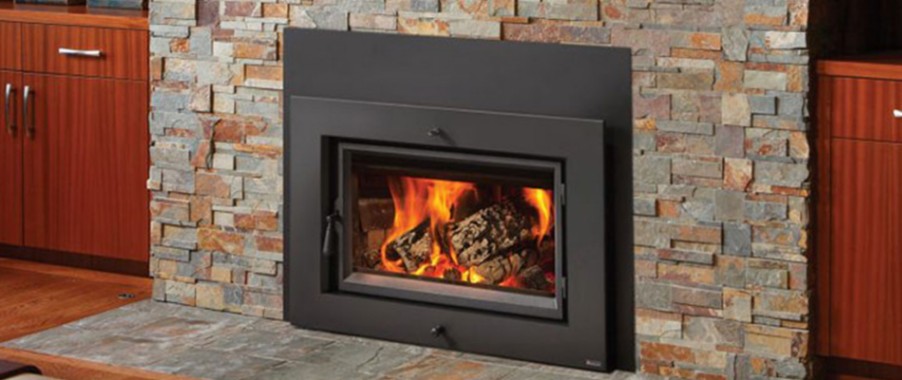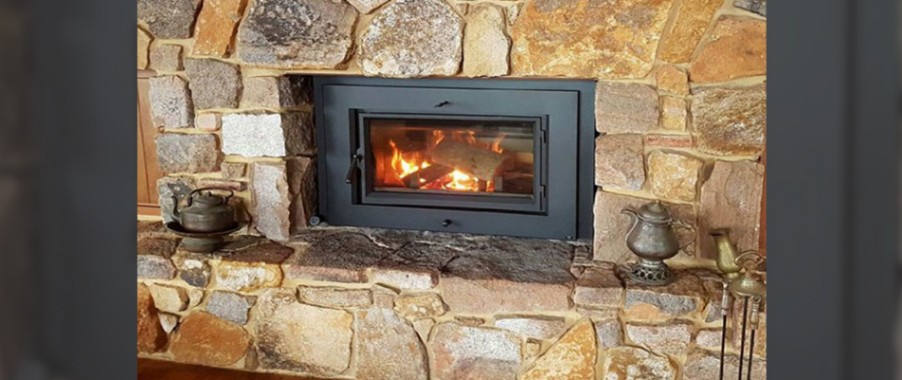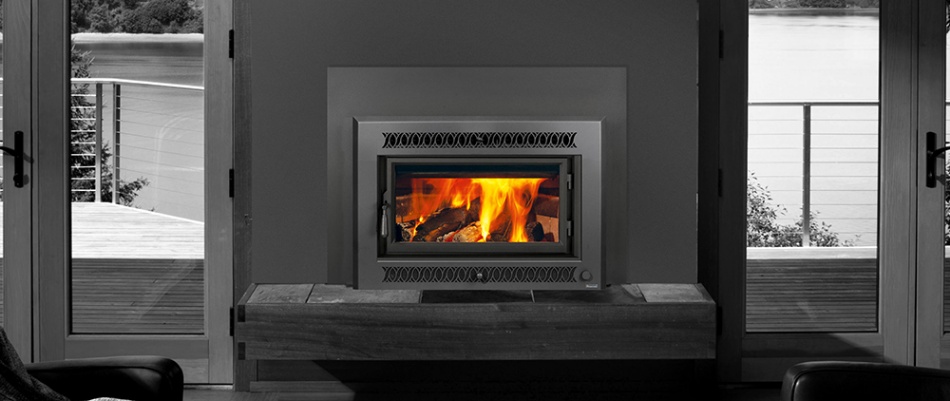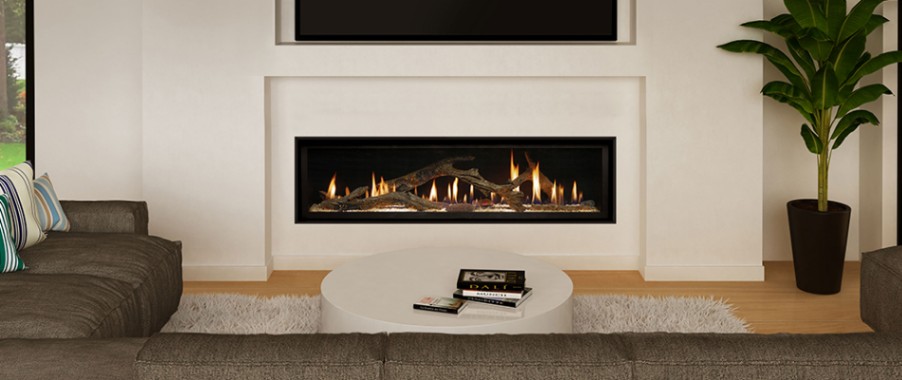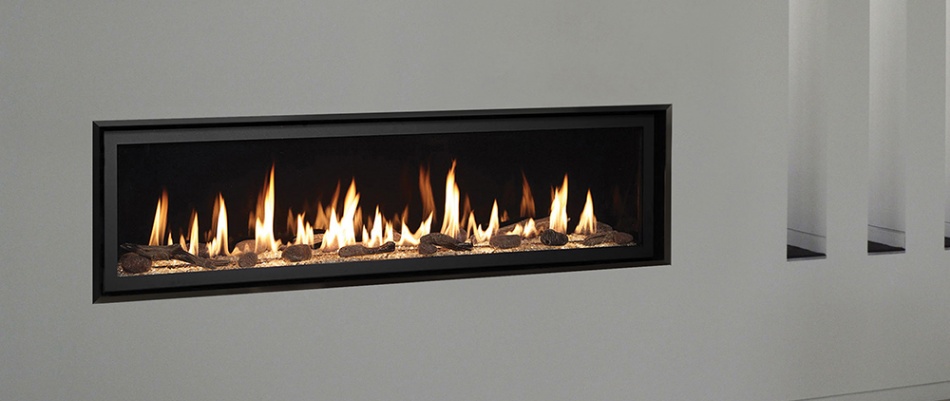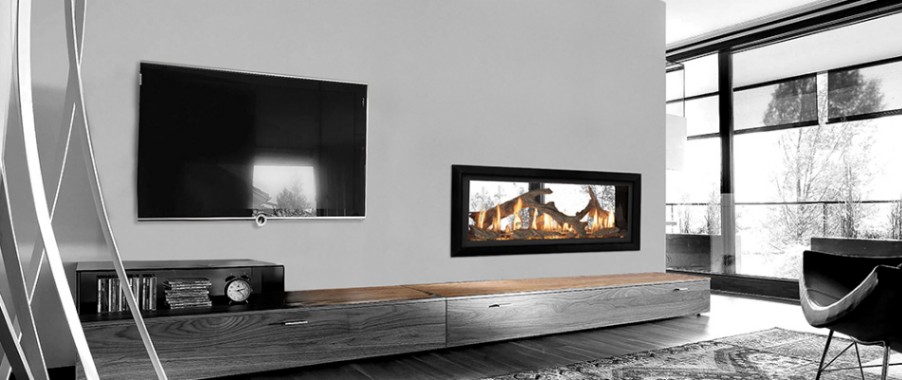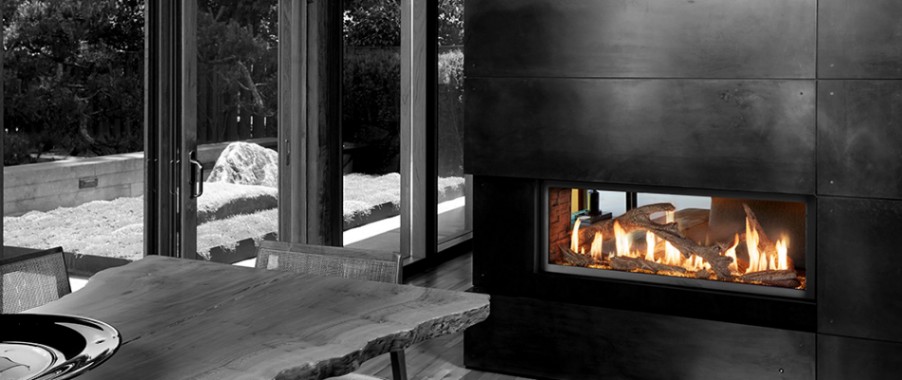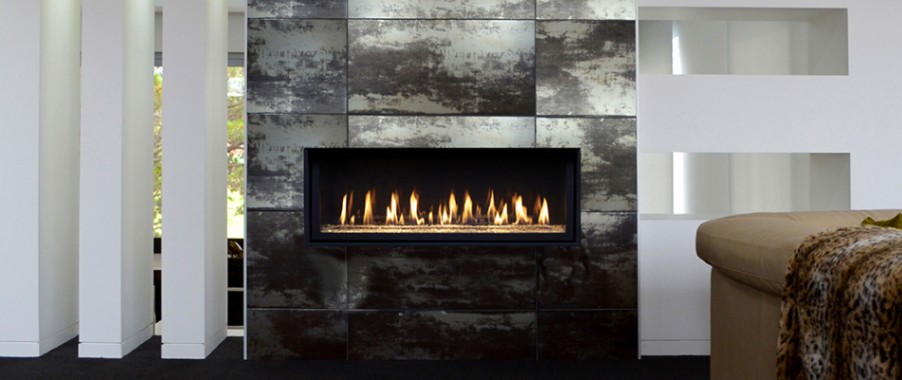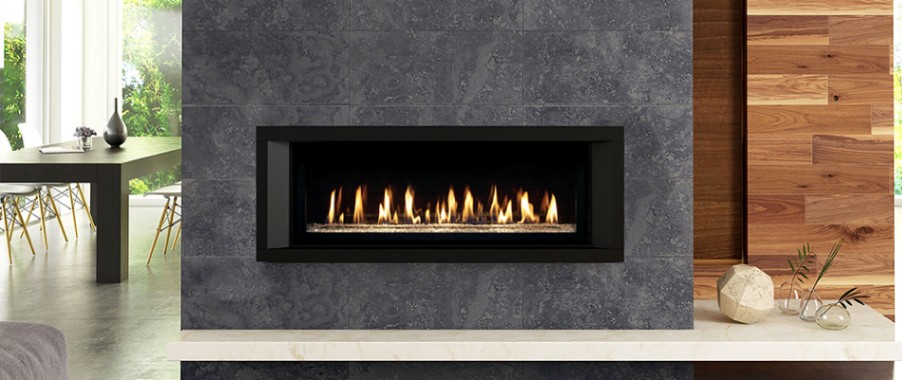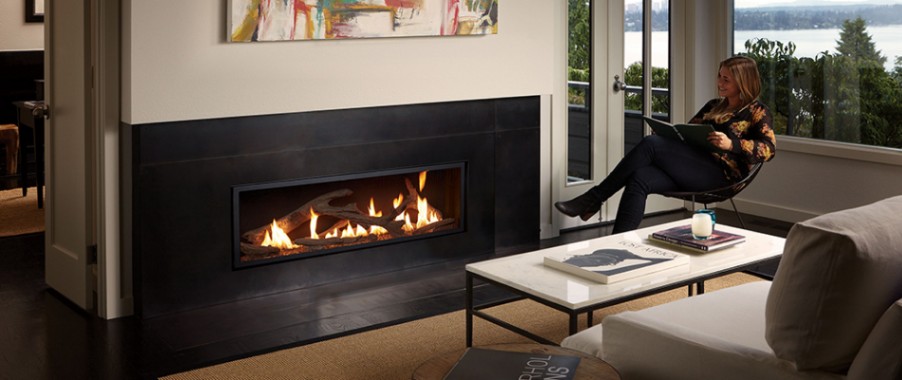We’re in the middle of winter, and we trust that you’ve been well acquainted with your fireplace by now. Don’t forget that with increased usage, comes extra care and maintenance. Here are 5 of our fireplace safety tips to keep your fireplace lasting for the rest of this winter, and the next winters to come.
Keep your chimney clean
The walls of your chimney will slowly build up with soot, debris and creosote with regular use. When this buildup becomes unmanaged, it can become a huge fire and safety risk for anyone around your fireplace. Creosote is especially harmful, as it is highly flammable and could spark a chimney fire, not to mention its negative health effects if inhaled.
You should get your chimney inspected at least once a year to ensure that any buildup is managed. Untreated chimneys can cause the fireplace to be less effective, and regular checkups will help you identify problems early before they become severe.
Use the right firewood
Different types of firewood burn in different ways. A great rule of thumb to remember is the drier, the better. Wood is able to hold and retain water for months after it has been cut, and moist wood will not burn as well. Wood that still has water in it can also cause your fireplace to smell bad from the stronger pollutant flames that emit from it.
If you are buying firewood, keep these tips in mind:
- Dark to grey wood signified older and drier wood
- A log should sound hollow
- Logs with cracked ends signify dryness
- Bark that you can easily peel off shows lack of moisture
- Try to grab older wood, not the newest stuff at the front/top of a pile
Dense wood burns the best like oak and hardwood. Softer woods like pine burn through faster. Talk to your local firewood seller or fireplace professional on more information about choosing the best firewood for your fireplace.
Remove ash and debris after use
It’s good practice to keep your fireplace clean after every use, or when you plan on not using it for a few days. Allowing the ashes and debris to build up can block the airflow from vents around the base of the firebox, and also leaves less space for firewood to burn. On the contrary, too little ash can damage the firebox, warping the firebox and potentially causing cracks and damage. When cleaning, leave a little bit of ash behind to keep your fireplace happy.
Equip your home with fireplace safety equipment
While your home should already have one, keep a multi-purpose fire extinguisher near your wood and gas heaters. If an accident does happen, you’ll have the tools to combat it. Also, consider fitting your home with a carbon monoxide detector.
Carbon monoxide is an odourless, colourless gas that can cause sudden illness and death if you are exposed to it for too long. While your fireplace should never release this into your home, cracks or unseen damage may cause it to leak. A detector will let you know if this happens and you can react appropriately.
Only burn wood in a fireplace
Your fireplace is not a garbage disposal. Don’t throw plastics or liquids in your fireplace as it can emit toxic fumes and potentially damage your fireplace. Only use approved firewood and fire starters in your fireplace.
By following these tips, you can help ensure your fireplace lasts for years to come. If you’re considering purchasing a fireplace, there are many fireplaces for sale in Sydney at a variety of ranges and styles. Talk to your local specialist today to combat this winter cold.
